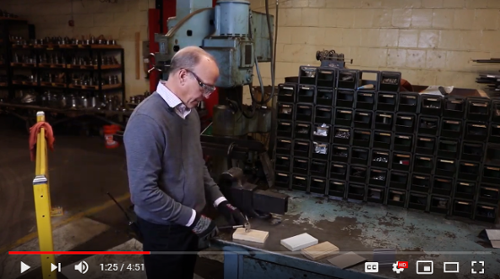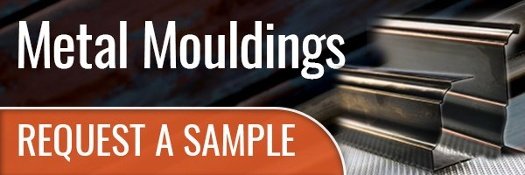Metal Mouldings Are All Around You (+ Where They SHOULD Be)
Mouldings are one of those architectural design elements that can catch your eye without you even knowing it. If they were removed, designs would look incomplete and unfinished. This is especially true when it comes to metal trim.
Metal mouldings are all around you, but you might not realize they’re there. There are also places that could clearly benefit from the timeless look of metal accents -- but sadly aren’t.
So here’s a list to get your mind thinking of all the possibilities of metal accents! Below are just a few of the many areas where metal mouldings add to your big-picture design, elevating it above the norm.
7 Places to Use Architectural Mouldings
1. Casinos
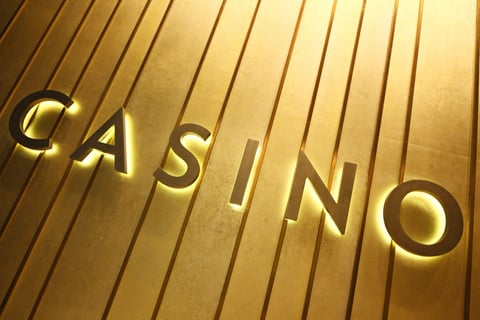
Look closely at nearly every casino and you'll see lots of metal mouldings. They are particularly obvious in a casino’s lobby, where bright and flashy designs that incorporate luxury red metals like brass are used to gain the attention of passers-by and add star visual power.
Many casinos extend the use of metal from the lobby inward and use it throughout the design of their interiors.
2. Airports

Today's airports often feature rectilinear metal trim as part of their design. Look for the surface-mounted panels that have square corner pieces. Then proceed to yawn.
Metal mouldings aren’t in airports much now, but they should be. What if you used a more colonial-style look with mouldings instead of those same old panels. Or use contemporary mouldings along with metal panels as a way of trimming and framing them?
You could experiment with a curved moulding profile shape instead of settling for a rectilinear moulding. You’d look unique among airports!
3. Elevators
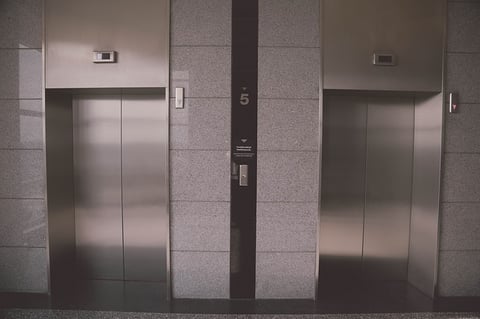
Metal mouldings be found in common places like chair rails, baseboards, and cornices on elevators. You can also use them in vertical batten strips that separate the metal from another material in the elevator.
4. Escalators
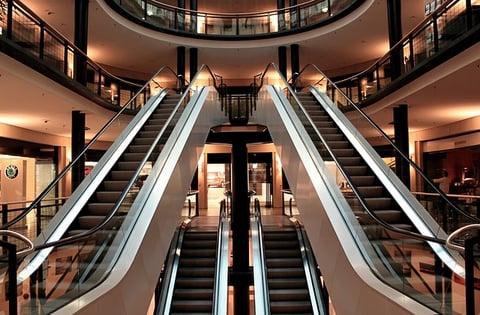
Underneath the black, rubber handrails, you’ll see a metal moulding that's integral to the design of escalators. Other places metal moulding is found are along the baseboards or kick plates.
5. Storefronts
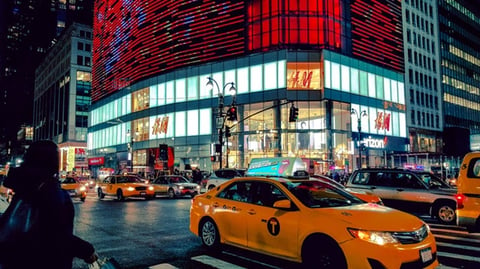
Using eye-catching metal as part of a storefront entry design is standard practice for many contemporary brands.
Not surprisingly, large areas like Manhattan, downtown Chicago, and Los Angeles lead the way on this (store)front. Certainly these applications are more high-end and unique than the storefront of your local run-down strip mall.
6. Marine
 Not surprisingly, metals are often the materials of choice at sea to address moisture issues and fire codes. Marine vessels -- ferries, etc. -- want to look good and stay durable. Certain grades of stainless steel and pretty much all red metals (copper, bronze, and brass) stand up well against saltwater, which is incredibly corrosive to most metals.
Not surprisingly, metals are often the materials of choice at sea to address moisture issues and fire codes. Marine vessels -- ferries, etc. -- want to look good and stay durable. Certain grades of stainless steel and pretty much all red metals (copper, bronze, and brass) stand up well against saltwater, which is incredibly corrosive to most metals.
On vessels such as ferries, the framing of the rub rail that separates the top of the bow from the hull’s fiberglass panels is made of stainless steel pieces. Stainless steel mouldings can also be found on windshields. Marine vessels and metal mouldings are a good pairing for both practical and decorative applications.
For those dreaming of using red metal or stainless mouldings on your cruise ship or similar vessel, check your fire codes. We don’t claim to know every little detail in the rulebook. Still, it’s a cool idea perhaps worthy of checking into.
On a final note, coastal construction also relies heavily on saltwater-resistant metals.
7. Residential
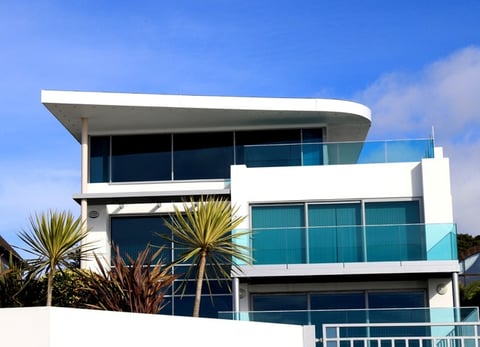
If you’re dreaming of building a fantasy home, this one’s for you. But you’ll probably need to find a millionaire to live in it.
Mouldings in home architecture is usually reserved to high-end installations in conjunction with steel doors and windows -- or really ornate wood windows that were super expensive. Nobody who owns a house with a $200 vinyl window is going to put metal trim around it. Mansions? Maybe.
Metal windows and the mouldings surrounding them are sometimes featured in upscale apartments. It may not look like trim because it’s square, but it’s certainly there. Metal mouldings see frequent use on the outside of large apartment buildings in the form of cladding, too. This is designed to protect the building from the environment.
Questions About Metal?
Metal mouldings have proven to be versatile, decorative, and practical in a variety of applications. Should they be on your materials list for your next project instead of wood?
If you have any other questions about how metal mouldings work, get in touch with us. Trying something different can be scary, but no great design was born without at least a little risk, right?
You May Also Like
These Related Stories
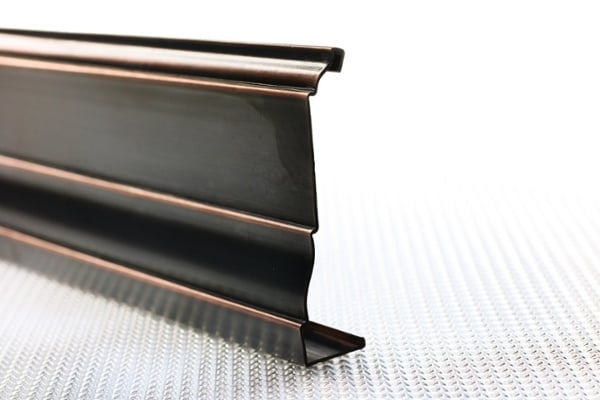
Ever Wonder How Dahlstrom Architectural Mouldings Are Made?
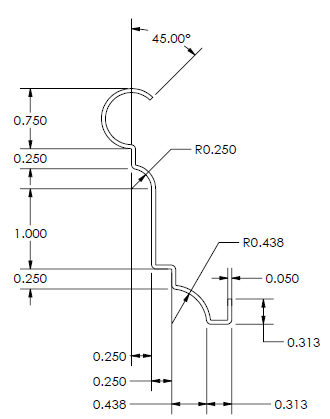
Metal Picture Rail Mouldings: Add Class to a Gallery, Museum, or Home
